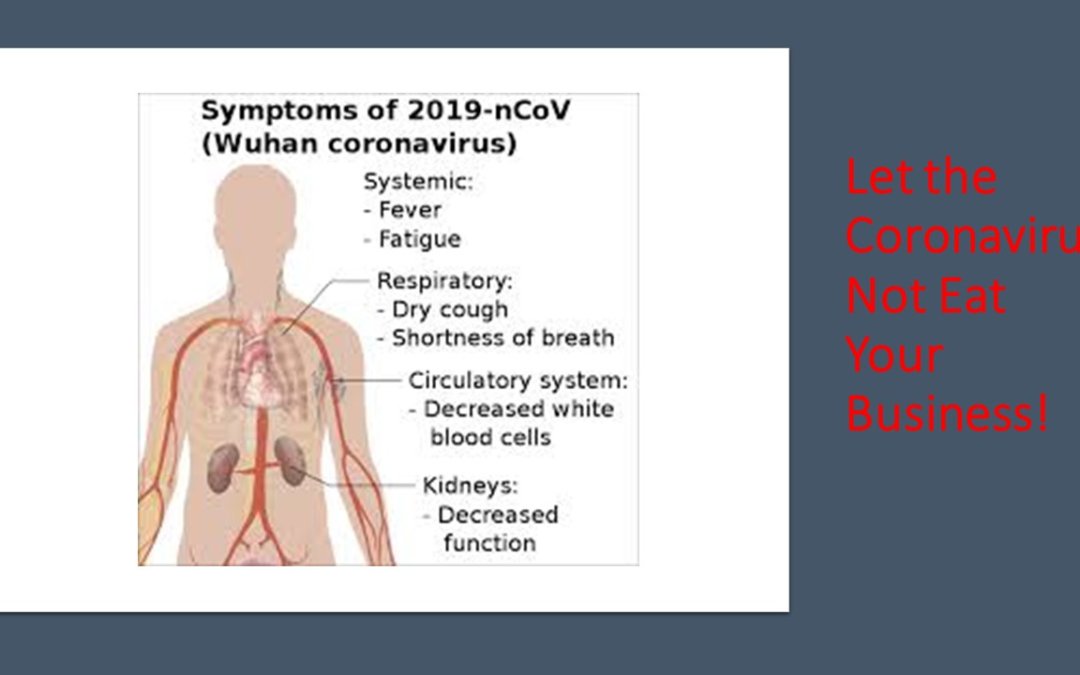
You can get COVID-19 by touching a surface informs CDC
You can get COVID-19 by touching a surface informs CDC
You can get COVID-19 by touching a surface that has the Coronavirus on it and then touching your own mouth, nose, or eyes. However the Centers for Disease Control and Prevention does not think this is the main way the Coronavirus spreads.
CNN has reported more and more hair re-sellers face a shortage or at least higher prices for the human hair they import from China. Production is still below the regular level and on top of this the uncertainty in the market leads to lower demand.
This is often a combination between lower spending power for the consumers because many countries are at the brick of recession due to the Coronavirus outbreak. And, less demand as clients fear they will get COVID-19 or Coronavirus by touching the packaging or the hair.
Please read the latest information available about the spreading of the Coronavirus and what you can do to protect yourself and your clients. Use this information to take well informed business decisions to protect your business too.
Now (February 25th, 2020) no vaccine is available according to the American Health Organizations, like CDC, thus the best way to protect yourself is to avoid you will get COVID-19.
The outbreak or spreading of respiratory disease caused by a novel (new) coronavirus, or official named COVID-19, is now not active in China but has now been detected in 37 locations internationally, including cases in the United States.
Where does the Coronavirus comes from and how does it spread?
Coronaviruses are a large family of viruses that are common in many different species of animals, including camels, cattle, cats, and bats. Rarely, animal coronaviruses can infect people and then spread between people such as with MERS-CoV, SARS-CoV, and now with this new virus (named SARS-CoV-2 and COVID-19).
The COVID-19 virus is a betacoronavirus, like MERS-CoV and SARS-CoV. All three of these viruses have their origins in bats. The sequences from U.S. patients are like the one that China initially posted, suggesting a likely single, recent emergence of this virus from an animal reservoir.
Early on, many of the patients in the COVID-19 outbreak in Wuhan, China had some link to a large seafood and live animal market, suggesting animal-to-person spread. Later, a growing number of patients reportedly did not have exposure to animal markets, indicating person-to-person spread. Person-to-person spread has been reported outside China, including in the United States and other locations. Chinese officials report that sustained person-to-person spread in the community is occurring in China. In addition, other destinations have apparent community spread, meaning some people have been infected who are not sure how or where they became infected.
Illness Severity, including illness resulting in death
Both MERS-CoV and SARS-CoV have been known to cause severe illness in people. The complete clinical picture regarding COVID-19 is not fully understood. Reported illnesses have ranged from mild to severe, including illness resulting in death. There are ongoing investigations to learn more.
Risk Assessment to avoid you get COVID-19
Outbreaks of novel virus infections among people are always of public health concern. The risk from these outbreaks depends on characteristics of the virus, including how well it spreads between people, the severity of resulting illness, and the medical or other measures available to control the impact of the virus (for example, vaccine or treatment medications). The fact that this disease has caused illness, including illness resulting in death, and sustained person-to-person spread is concerning. These factors meet two of the criteria of a pandemic. As community spread is detected in more and more countries, the world moves closer toward meeting the third criteria, worldwide spread of the new virus.
The potential public health threat posed by COVID-19 is high, both globally and to the United States. But individual risk is dependent on exposure.
It’s important to note that current global circumstances suggest it is likely that this virus will cause a pandemic. In that case, the risk assessment would be different.
What May Happen
More cases are likely to be identified in the days after February 25th, 2020, including more cases in the United States. It’s also likely that person-to-person spread will continue to occur, including in the United States. Widespread transmission of COVID-19 in the United States would translate into large numbers of people needing medical care at the same time. Schools, childcare centers, workplaces, and other places for mass gatherings may experience more absenteeism. Public health and healthcare systems may become overloaded, with elevated rates of hospitalizations and deaths. Other critical infrastructure, such as law enforcement, emergency medical services, and transportation industry may also be affected. Health care providers and hospitals may be overwhelmed.
No vaccine to protect against Coronavirus
At this time, there is no vaccine to protect against COVID-19 and no medications approved to treat it. Nonpharmaceutical interventions would be the most important response strategy.
CDC Recommends
While the immediate risk of this new virus to the American public is believed to be low at this time, everyone can do their part to help us respond to this emerging public health threat:
- It’s currently flu and respiratory disease season and CDC recommends getting a flu vaccine, taking everyday preventive actions to help stop the spread of germs, and taking flu antivirals if prescribed.
- If you are a healthcare provider, be on the look-out for people who recently traveled from China and have fever and respiratory symptoms.
- If you are a healthcare provider caring for a COVID-19 patient or a public health responder, please take care of yourself and follow recommended infection control procedures.
- If you have been in China or have been exposed to someone sick with COVID-19 in the last 14 days, you will face some limitations on your movement and activity. Please follow instructions during this time. Your cooperation is integral to the ongoing public health response to try to slow spread of this virus. If you develop COVID-19 symptoms, contact your healthcare provider, and tell them about your symptoms and your travel or exposure to a COVID-19 patient.
For people who are ill with COVID-19, please follow CDC guidance on how to reduce the risk of spreading your illness to others.
How COVID-19 Spreads
Current understanding about how the virus that causes coronavirus disease 2019 (COVID-19) spreads is largely based on what is known about similar coronaviruses.
Person-to-person spread
The virus is thought to spread mainly from person-to-person.
Between people who are in close contact with one another (within about 6 feet)
Via respiratory droplets produced when an infected person coughs or sneezes.
These droplets can land in the mouths or noses of people who are nearby or possibly be inhaled into the lungs.
Spread from contact with infected surfaces or objects
It may be possible that a person can get COVID-19 by touching a surface or object that has the virus on it and then touching their own mouth, nose, or possibly their eyes, but this is not thought to be the main way the virus spreads.
See What Others Also Read
When does spread happen?
People are thought to be most contagious when they are most symptomatic (the sickest).
Some spread might be possible before people show symptoms; there have been reports of this with this new coronavirus, but this is not thought to be the main way the virus spreads.
How efficiently does the virus spread?
How easily a virus spreads from person-to-person can vary. Some viruses are highly contagious (like measles), while other viruses are less so. Another factor is whether the spread continues over multiple generations of people (if spread is sustained). The virus that causes COVID-19 seems to be spreading easily and sustainably in Hubei province and other parts of China. In the United States, spread from person-to-person has occurred only among a few close contacts and has not spread any further to date.
There is still more to be learned
COVID-19 is an emerging disease and there is more to learn about its transmissibility, severity, and other features
What are you doing to avoid to get COVID-19?
Let me hear in the comments below how you deal with this kind of crisis, or with the Wuhan Coronavirus crisis specifically.




